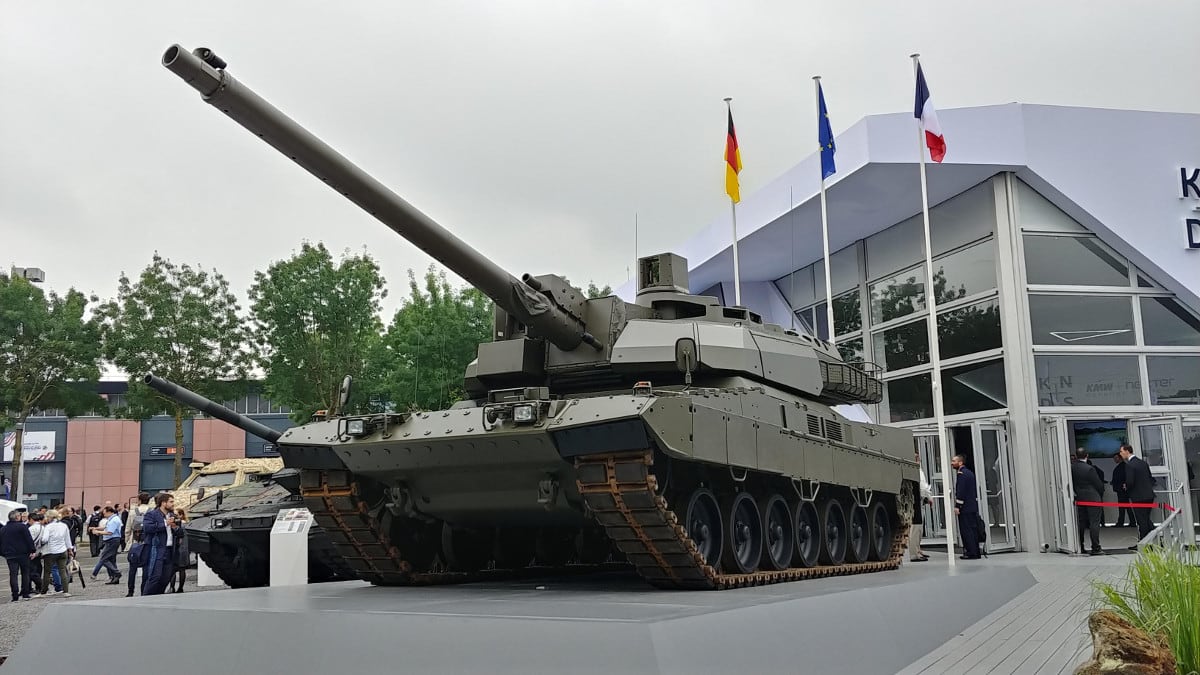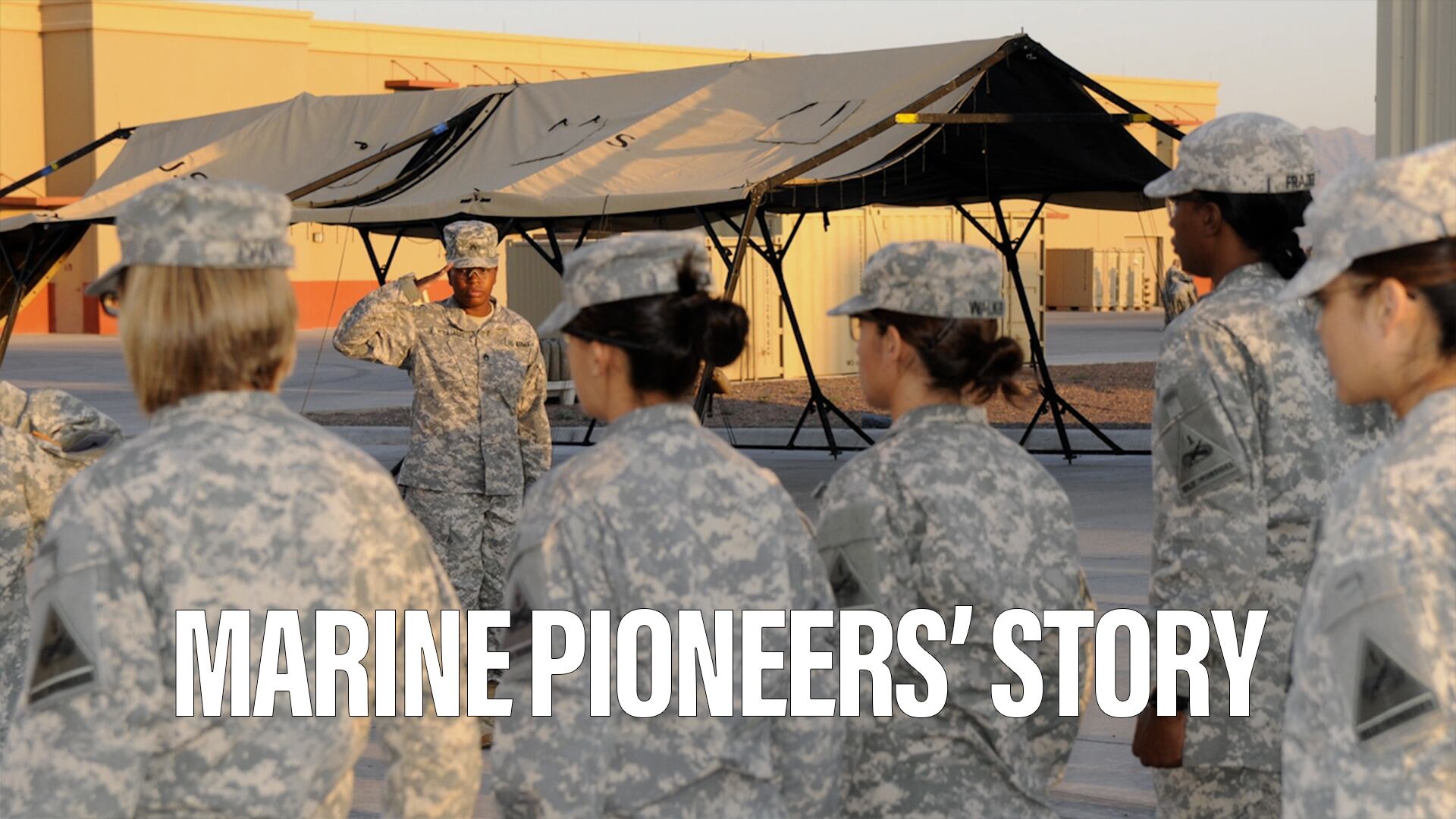PARIS ― KNDS expects France and Germany to deliver by early next year key military requirements for a future heavy tank, said the two chairmen of the Franco-German joint venture for land weapons.
“Within this year or latest next year,” said Frank Haun, CEO of Krauss-Maffei Wegmann and joint chairman of KNDS.
Haun and Stephen Mayer, CEO of Nexter and joint chairman of KNDS, spoke June 13 to Defense News at the Eurosatory trade show on land weapons.
Those requirements for a next-generation tank are seen as critical to the future of KNDS, formed in 2015. KMW is a private company owned by the Wegmann family, while Nexter is state-owned.
The French and German defense ministers have given political pledges to back a new tank, dubbed Main Ground Combat System, and new-generation artillery, or Common Indirect Fire System.
Industry leaders are waiting for the French and German army chiefs of staff to set out requirements that will shape the programs, which may lead to a consolidation of European land weapons for industry and lead to the military sharing the same tank and artillery.
That Main Ground Combat System will be the successor to the Leclerc and Leopard 2 tanks, the main battle tanks for the French and German armies, respectively. An entry into service is expected in 2035.
There are signs of an eagerness for the requirements, which could open a new chapter.
“They need something now,” Haun said.
Much hangs on whether the two army chiefs of staff will agree on a common requirement that would allow French and German industry to design, develop and build the same tank.
“Will they agree?” Haun said. “We don’t know, but we think so.”
Added Mayer: “We think so.”
The French and German army chiefs of staff are due to meet in the next few weeks to discuss operational requirements, a French military source said.
That critical list of requirements launches “an iterative process,” with companies studying the operational needs and responding, Mayer said.
“It is more than a political statement but not a final definition,” Hain said.
At the Berlin Air Show in April, it was reported the French and German defense ministers said a German company would lead the new tank program. German industrial leadership was seen as opening the door to Rheinmetall.
KNDS, however, is confident its capabilities as a “systems house” will lead to winning the prized prime contractorship, and Nexter sees no problem of a German leadership on the tank.
RELATED

“KNDS has all the competences needed to be the system house for MGCS,” Mayer said. “Both Nexter and KMW have that. We are French-German, we are able together to manage the program and to make a joint team, and also to respect the decision of the two countries to have a German leadership.”
There were “no problems inside the group,” he added.
Said Haun: “We are as French as we are German.”
A German company leading the tank program follows a leading German role through Airbus for a project for a European medium-altitude, long-endurance UAV. A French company will take the top job in the third bilateral project, dubbed Future Combat Air System.
Research and development for the tank will likely require some €1 billion (US $1.2 billion) over 10 years, with the government partially funding the work, Haun said. There will be new concepts, new technology, protection, communications, more artificial intelligence and “robotization.”
There will be a new gun, with caliber size weighed against mobility and protection. A maximum weight is seen as 70 tons. The tank will likely be linked to robots through “automatization.” There will also be a need to cut the cost of spares and logistical support.
Work on the new artillery project is similar to that on the tank, with active discussion on the Common Indirect Fire System , which is on a similar timescale, around 2035.
Mayer noted that French Armed Forces Minister Florence Parly referred to the planned artillery in her June 11 speech at Eurosatory. In her remarks, she said work by KNDS on the tank and gun projects can be interpreted as signs of cooperation with Germany.
“This industrial partnership speaks much of the ambition we have with Germany, with which we share programs which will be of structural importance for our armies and the future of our defense.”
Sebastian Sprenger contributed to this report.







